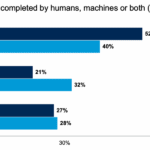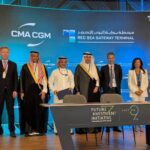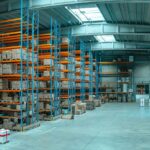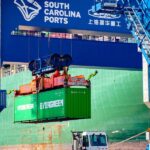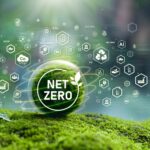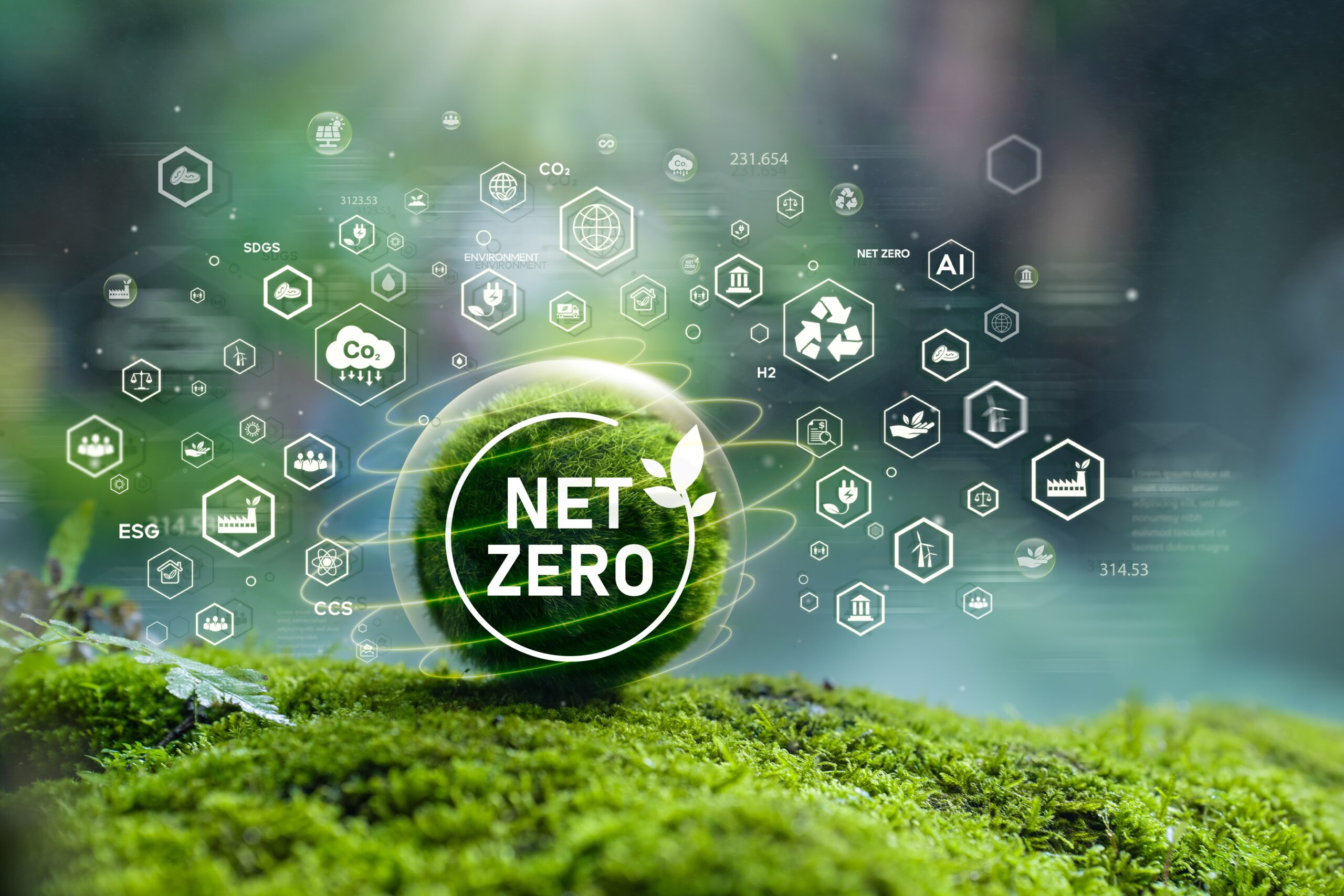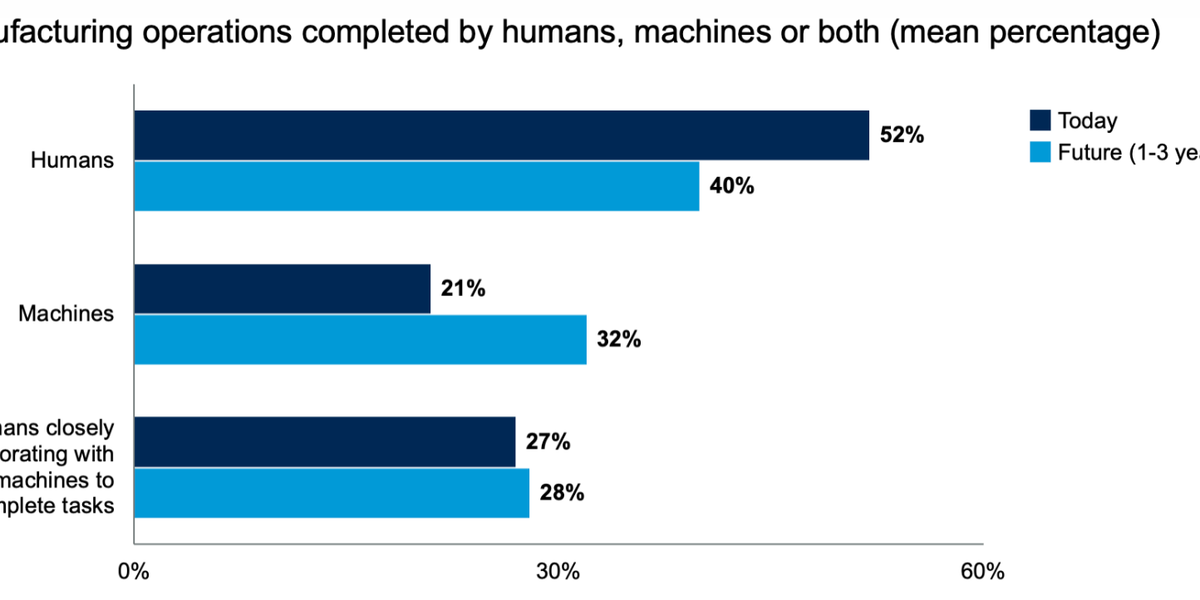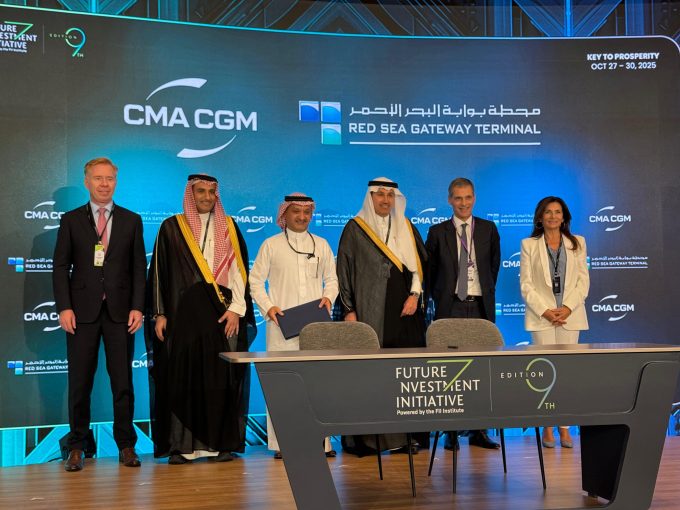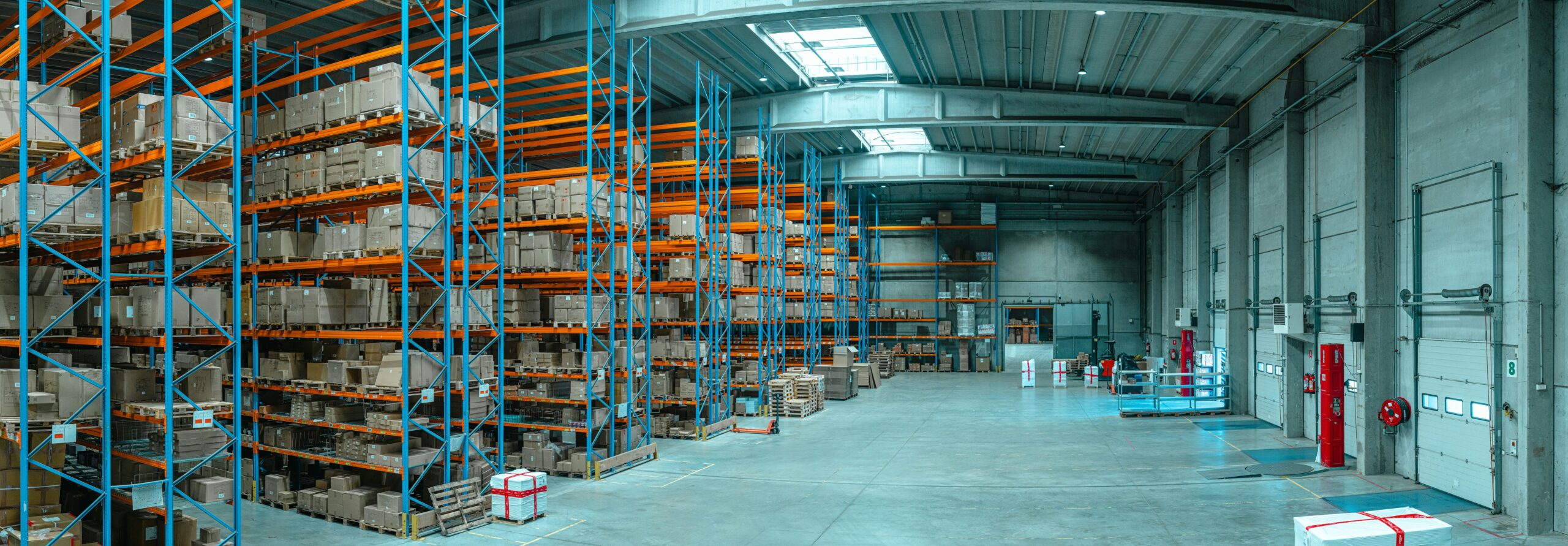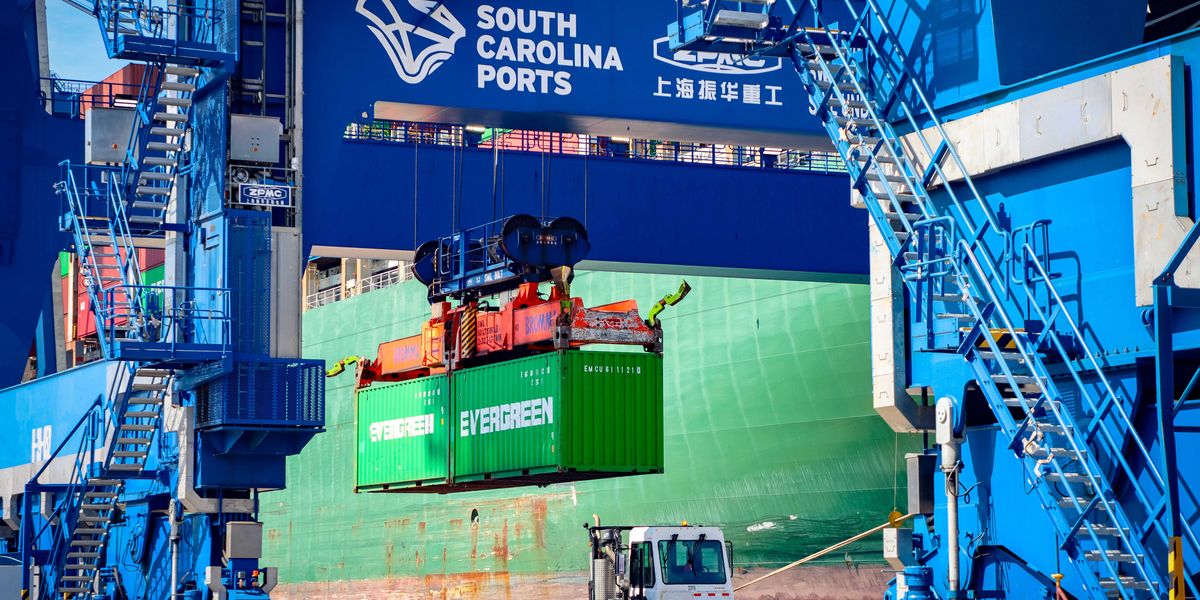The International Maritime Organization’s decision to postpone a global carbon pricing framework has drawn sharp criticism from industry leaders who say the energy transition at sea is already well underway.
Read also: Shipping giants warn IMO Net Zero plan could cost industry $300 billion by 2035
At its extraordinary session held in London from 14 to 17 October 2025, the IMO Marine Environment Protection Committee (MEPC/ES.2) voted to postpone for one year the adoption of the MARPOL Annex VI amendments, which would have created the first global carbon pricing mechanism for shipping.
The decision represents a setback for international decarbonization efforts, effectively preserving the status quo for fossil fuel producers. However, for those already investing in clean energy solutions – such as shipowners, ports and private investors – the momentum towards zero-emission shipping is proving irreversible.
NatPower Marine, a major developer of offshore electricity infrastructure, says the industry can’t afford to wait.
“IMO’s postponement is disappointing, but it cannot be a pause button,” said Stefano DM Sommadossi, CEO of NatPower Marine and NatPower UK. “Coastal energy and nearshore electricity have proven efficient, scalable and capable of achieving significant emissions reductions today. Every corridor we electrify removes thousands of tons of carbon dioxide, nitrogen oxide and sulfur dioxide while improving air quality for coastal communities. The opportunity to drive is now, not in one year.”
The leading regulatory system in the field of innovation
Somadosi argues that technological innovation has always outpaced regulation – from aviation and automobiles to artificial intelligence – and shipping is no different.
“The most innovative operators have already decided to go green because it represents a strategic advantage and cost-saving measure,” he said. “While policymakers debate, the industry is in the process of building.”
NatPower Marine is moving forward with its plan to provide near-shore electric propulsion and cold ironing infrastructure at 120 sites globally. The company expects to invest more than £3 billion by 2030 to create a connected network of zero-emission marine energy centres.
Somadosi noted that emerging economies may lose from the delay, because they were relying on a global carbon pricing system to finance sustainable port investments. However, private capital can still fill this gap if projects are included within the growing network of green shipping lanes.
Go up the green lanes
Across Europe, Asia and the Americas, ports are rapidly electrifying, with clean energy corridors linking high-traffic routes. NatPower Marine’s Heysham-Northern Ireland corridor, built in partnership with Peel Ports Group, is already under construction and will remove more than 10,000 tonnes of carbon dioxide per year from Irish Sea routes.
Somadosi said the IMO’s delay only underscores the need for regional action. The EU Emissions Trading System, the EU Marine Fuels System, the UK Emissions Trading System, the corridor initiatives in Singapore, and dockside emissions rules in California are already shaping the next phase of marine decarbonisation.
“Global consensus is ideal, but regional regulation gets the job done,” he said. “Decarbonisation no longer waits for a single mechanism; it happens route by route, port to port.”
Ports as a catalyst
Recent findings by the World Maritime University (WMU) and the Shanghai International Shipping Institute (SISI) confirm that ports are becoming central to green shipping transitions. Their Global Green Shipping Development Report (2024-2025) predicts that shore power will soon become mandatory in many jurisdictions as emissions standards tighten.
“This global trend validates our approach,” Somadosi said. “Shore power and e-charging infrastructure are not optional – they are the foundation of clean shipping. Every port connected to our network becomes part of the global energy transition.”
Building a clean shipping backbone
The NatPower Marine network is supported by the wider NatPower Group, which provides 20 GW of renewable generation and more than 100 GW of battery storage. These assets, strategically located close to coasts, ensure clean energy is delivered to ships through special wiring systems and smart power plants – reducing grid pressure while enabling zero-emission operations.
Somadosi calls this integration “the backbone of the clean shipping network,” linking renewable energy generation directly to port and ship demand.
Redefining green lanes
He also called for a broader understanding of what is known as the “Green Corridor.”
“Most of them have focused on fuel alternatives such as e-methanol or ammonia,” he said. “But a true green corridor must include the full gamut – shore power, propulsion charging, renewable generation, and grid integration. This is how we deliver zero-emissions dock-to-dock journeys at scale.”
While it will take another year for policymakers to negotiate a global consensus, Somadosi believes the race toward clean shipping has already been won by those who act.
“If this week has proven anything, it is that we cannot wait for tariffs or delays. The future of green shipping will be built, not negotiated,” he concluded.
